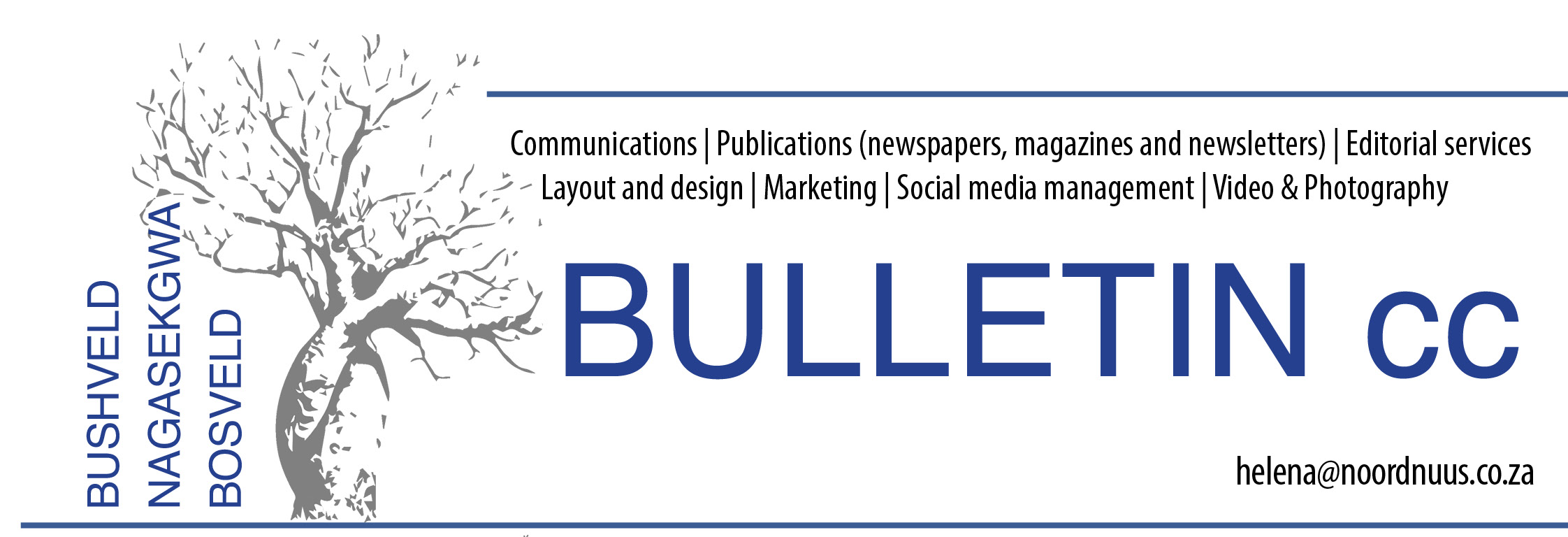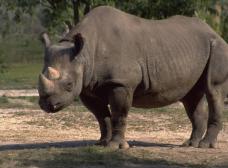Take another look at rhino poaching
The world celebrated International Save the Endangered Species Day on 15 May.
People from all walks of life were urged to write the words: “Stop rhino killings” on their hands and repost it on Twitter or Facebook to show support for anti-rhino poaching campaigns.
The South African department of environmental Affairs has released the official poaching figures for the first quarter of 2015 after months of silence.
Edna Molewa, the country’s environment minister, has warned that rhino poaching in SA is at record levels. There was an 18% increase in the first four months of 2015 compared to the same period a year ago.
Molewa said that by the end of April 2015 the number of rhino lost to poachers was 393 for the whole country, with 290 of these poached in the Kruger National Park.
A total of 1215 rhino were killed in SA during 2014, the equivalent of one every eight hours. In 2013 it was 1004 (in 2007 just 13 rhino were poached in SA).
According to General Riah Phiyega, SA’s Police Commissioner, 132 suspected poachers were detained for the period January to April 2015, crediting the use of helicopters and anti-poaching dogs for the rise in arrests.
One of the five last remaining northern white rhinos is currently being kept in custody at Buffalo Zoo in America. The zoo’s rhino keeper, Joe Hauser, says that rhinos are being exterminated for the most superficial of reasons, and according to him Asian countries are by far the worst offenders. Motivated by misguided beliefs and outright greed, these amazing animals are being slaughtered only for their horns.
“In China and Vietnam, there’s traditional beliefs that the horn has medicinal purposes,” says Hauser.
“All of these were scientifically proven to be false.”
Hauser says that the rhino horn is made of keratin and calcium, so it’s nothing special, but on the black market, it is being sold for over $65 000 per kilogram.













0 Comments